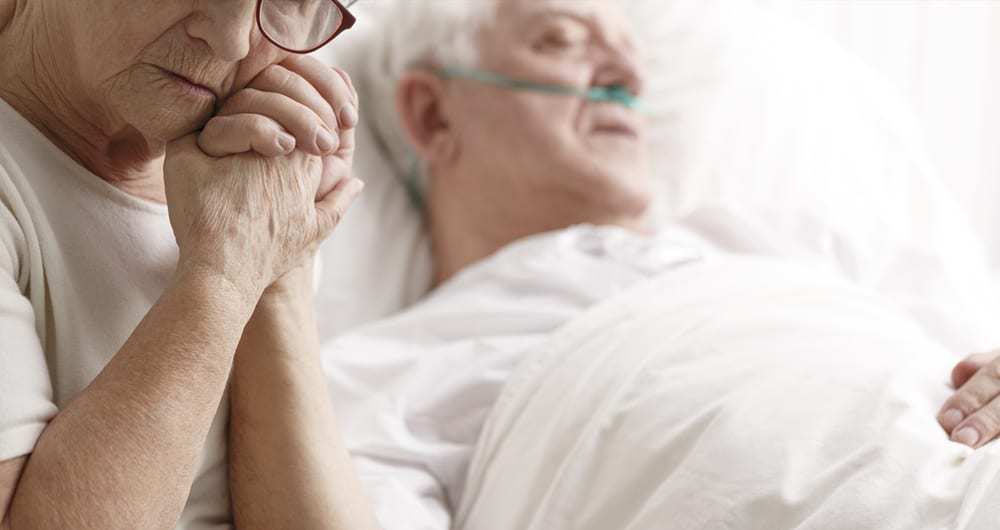
When discussing palliative care, the most common patients that people imagine are cancer patients.
However, palliative care is not exclusively just for cancer patients – it’s for any kind of terminal illness.
One study looked to find four non-cancer populations that might benefit from a palliative approach.
What was found was that people with ALS, chronic obstructive pulmonary disease (COPD), End-stage renal disease (ESRD) and the frail elderly were underserved by palliative care, despite facing unique challenges as they reach the end of life stage.
In doing so, the researchers compare the presence and patterns of dignity related distress across these diverse clinical populations.
Each of the populations revealed unique and distinct patterns of physical, psychological and existential distress.
Patients with ALS reported more dignity related distress such as not being able to fulfill important roles, tasks or daily routines.
They often felt like a burden to others, or experienced feelings of loss of control and no longer feeling worthwhile or valued.
People with COPD reported having similar kinds of distress as hospice patients with advanced cancer.
These patients were most likely to experience physically distressing symptoms and predictably, the highest intensity of shortness of breath. These patients suffered their intensity and frequency of anxiety were highest
Patients with ESRD were the only group that included patients with moderate to severe suicidal thoughts. These patients also reported the highest number of comorbidities and prominent symptom burden.
The frequency of depression or loss of hope suggests that suicidal ideation may be driven by physical, more so than psychological factors
In particular, the elderly, in an aged care setting, were found to be lacking in access to palliative care services. This is often because this group of people are not considered to be “terminally ill”.
The frail elderly are different to the other three groups here, in that rather than being defined on the basis of illness, they were defined on the basis of age and frailty.
These four groups, when compared to cancer, tend to have less certainty in terms of prognosis. It was found that moderate to severe loss of sense of dignity did not differ significantly across the four study populations.
And for many people at the end of life stages of those conditions, there can often be a combination of uncertainty and denial which may stop them from approaching or using palliative services.
What do you have to say? Comment, share and like below.